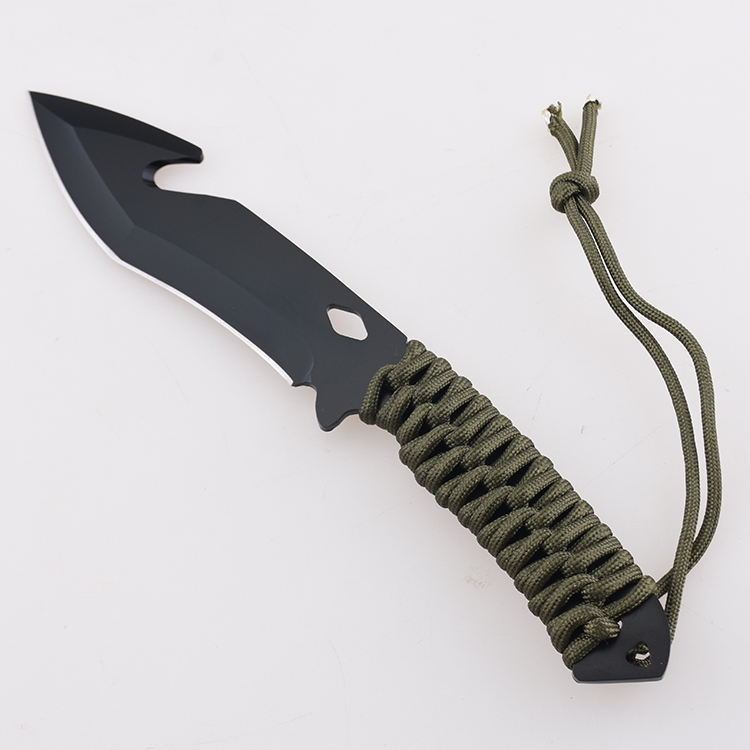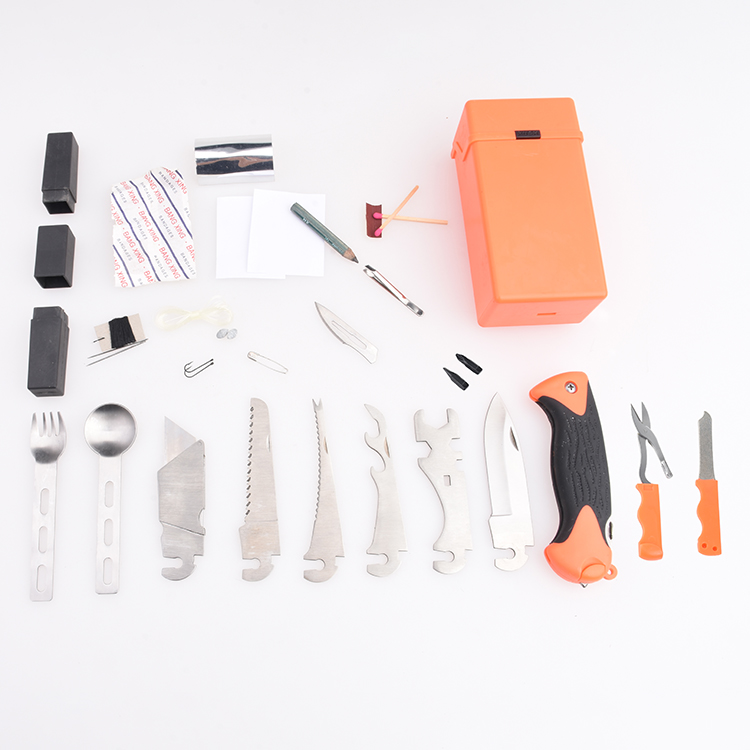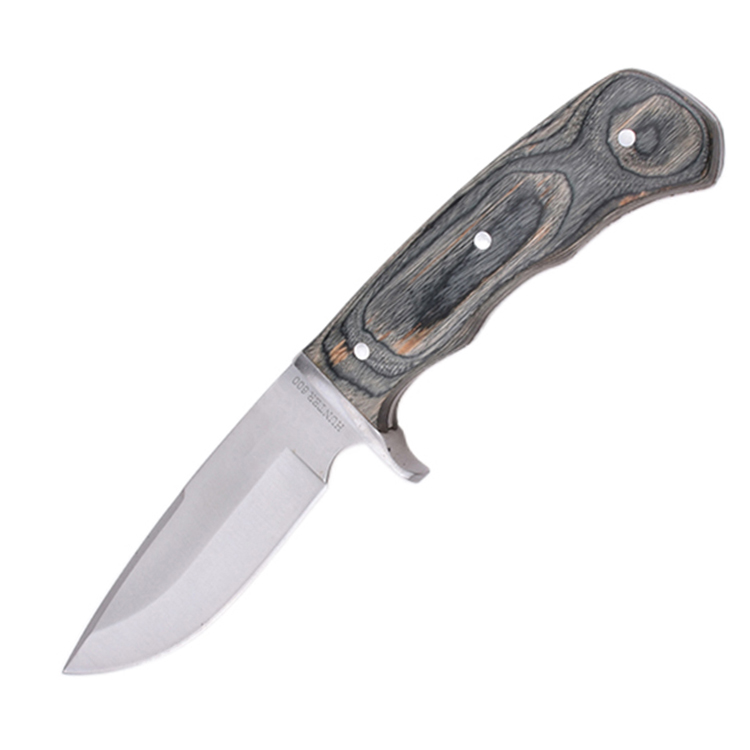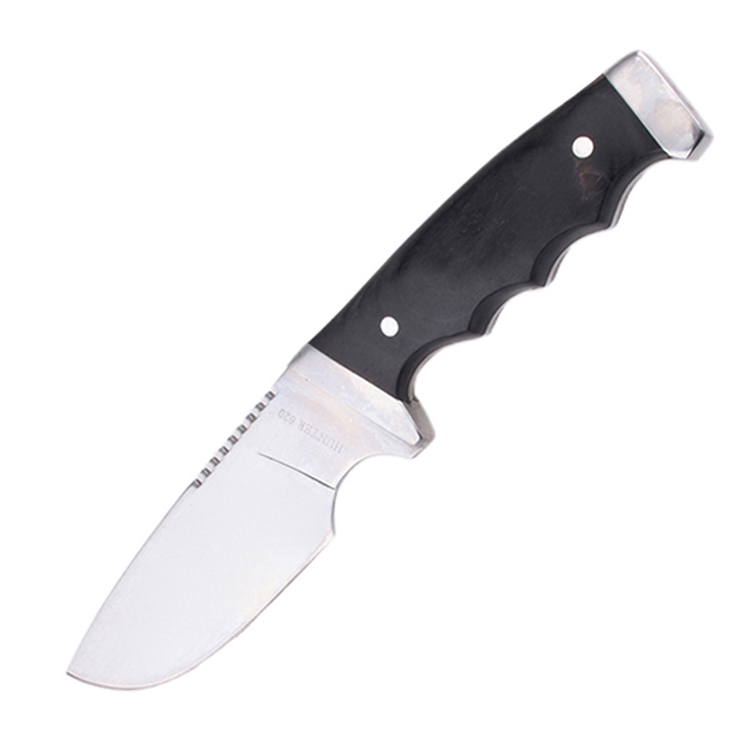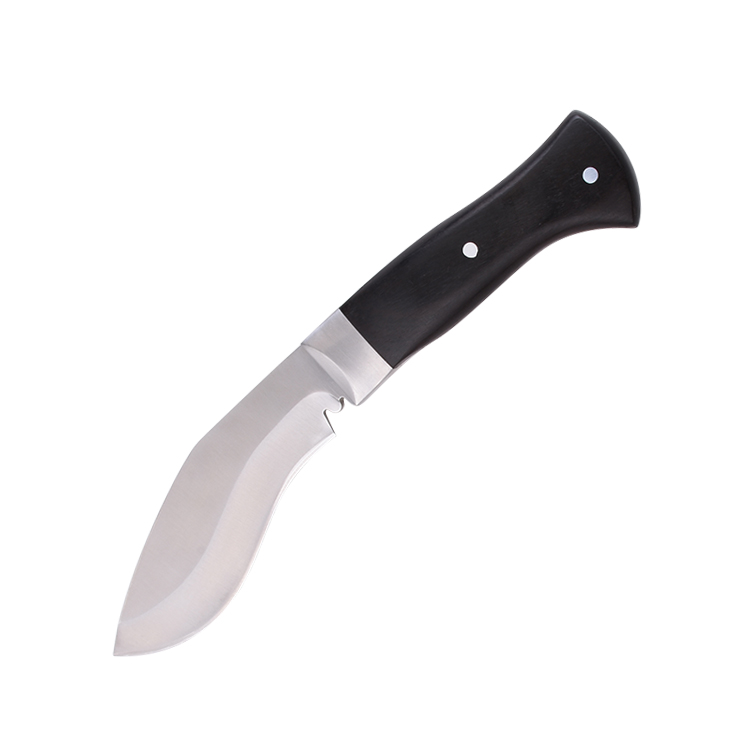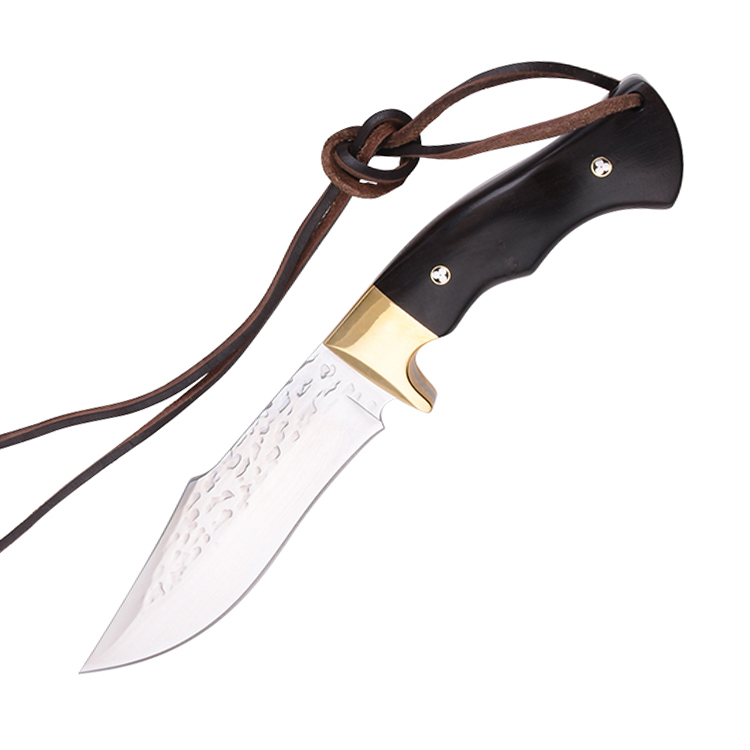A good kutsilyo sa pangangaso is an essential tool for any outdoor enthusiast. Whether you’re field dressing, cutting rope, or preparing food, the right knife can make all the difference.
This article aims to help you choose the best hunting knife for your needs and ensure you know how to use and maintain it effectively. From understanding the different types and materials to practical tips for field use, we’ve got you covered.
Basic Concepts of Hunting Knives
Main Uses and Characteristics
Hunting knives are versatile tools that are very important for various outdoor tasks, especially when hunting.
Here are the main uses of hunting knives:
- Field Dressing: This means removing the internal organs of the game. A sharp and sturdy knife makes this job easier and cleaner.
- Skinning:These knives are designed to help remove the hide from the animal quickly and efficiently, ensuring you don’t damage the meat.
- Boning: Hunting knives help separate meat from bones, which is important for preparing the game meat.
- General Cutting Tasks:Besides hunting, these knives can be used to cut rope, prepare food, or handle small woodworking tasks.
Characteristics:
- Sharpness:A sharp blade is crucial for making clean cuts easily, reducing effort and preventing accidents.
- tibay: Hunting knives are made to withstand tough conditions and repeated use, often using high-quality steel.
- Comfortable Grip:The handles are designed to fit comfortably in your hand, preventing fatigue during long periods of use.
- Ease of Maintenance:The best hunting knives are easy to clean and sharpen, keeping them effective over time.
Types of Hunting Knives and Their Suitable Scenarios:
1.Fixed Blade Knives:
- Paglalarawan: These knives have a solid, non-folding blade that extends into the handle. They are usually stronger and more reliable than folding knives.
- Best For:Fixed blade knives are great for heavy-duty tasks like field dressing, large game, skinning, and boning. Their solid construction makes them dependable in tough situations.
2.Folding Knives:
- Description: Natitiklop na kutsilyo have blades that can be folded into the handle, making them more portable and easier to carry.
- Best For: These knives are ideal for lighter tasks and are perfect for hunters who need a compact tool. They are convenient to carry in a pocket or small pack.
3.Gut Hook Knives:
- Description: These knives feature a small hook on the back of the blade, designed specifically to open the abdomen of game without puncturing internal organs.
- Best For: Gut hook knives are especially useful for field dressing, allowing hunters to quickly and cleanly open the body cavity of game animals.
4.Skinning Knives:
- Description: Skinning knives have a sweeping blade shape designed to remove the hide from the animal with ease.
- Best For: These knives are excellent for skinning game animals, allowing for quick and efficient removal of the hide without damaging the meat underneath.
5.Boning Knives:
- Description: Boning knives have thin, flexible blades that allow for precise cuts, making it easier to separate meat from bones.
- Best For: These knives are ideal for tasks requiring detailed and delicate work, such as boning and fileting.
By understanding these types and their uses, you can choose the best hunting knife for your needs and ensure you’re well-prepared for any situation in the field.
Considerations When Choosing a Hunting Knife
- Materyal ng talim:Stainless steel resists rust and is good for wet conditions, while high-carbon steel stays sharp longer but needs more care to prevent rust.
- Panghawakan ang Materyal: Handles can be made of wood, rubber, or synthetic materials. Wood offers a traditional look but can be affected by moisture. Rubber provides a good grip even when wet, and synthetic materials are durable and comfortable.
- Knife Size: Choose the size based on your tasks. Larger knives are good for big game and tough jobs, while smaller knives are better for precise work and smaller game.
Blade Length, Blade Shape, and Handle Design: These features affect the knife’s performance:
- Blade Length: A blade length of 3 to 5 inches is generally best. Longer blades are for larger game, while shorter blades offer better control.
- Hugis ng talim:
Drop Point: Strong and versatile, good for most hunting tasks.
Clip Point: Sharp and precise, ideal for detailed cutting.
- Disenyo ng hawakan: Look for a comfortable, ergonomic design that fits well in your hand to avoid fatigue during use.
Maintenance and Care of Hunting Knives
Using Hunting Knives Correctly:
- Use your knife for its intended purposes to avoid damage.
- Always cut away from your body to prevent injuries.
Maintaining and Caring for Knives:
- Cleaning: Clean your knife after each use with warm water and mild soap. Dry it thoroughly to prevent rust.
- Sharpening: Regularly sharpen your knife using a whetstone or a knife sharpener to keep the blade effective.
- Storage: Store your knife in a dry place, preferably in a sheath, to protect the blade and handle.
By considering these factors and following these maintenance tips, you can ensure your hunting knife remains a reliable tool in the field.
Sheaths and Carrying Methods:
- Types of Sheaths:Leather, nylon, and plastic sheaths each offer different levels of protection and ease of access.
- Carrying Methods: Belt clips, boot carry, and backpack attachments provide various options for convenient access.
Kaligtasan:
- Always use a sheath to protect the blade and yourself.
- Store knives in a safe, dry place when not in use to prevent accidents and damage.
Legal and Ethical Considerations
Legal Restrictions:
- Know the Laws: Different regions have specific rules about knife length, type, and carrying methods. Check local regulations before carrying a hunting knife.
Ethical Norms:
- Respect Wildlife: Use your knife responsibly and only for necessary hunting tasks.
- Safety Precautions: Always handle your knife with care to avoid accidents and respect other hunters and outdoor enthusiasts.
Market Recommendations and Reviews
Popular Brands and Models:
1.Buck Knives:
- Known for durability and quality.
- Model Recommendation: Buck 119 Special – great for general hunting tasks.
2.Gerber:
- Offers reliable and affordable options.
- Model Recommendation: Gerber StrongArm – versatile and durable.
3.Benchmade:
- High-end, premium knives.
- Model Recommendation: Benchmade Hidden Canyon Hunter – excellent for detailed work.
4.Shieldon
- Combines innovation with mataas na kalidad na mga materyales.
- Model Recommendation: Shieldon Bowie Knife – robust and reliable for various hunting needs.
Reviews and Comparisons:
- Buck 119 Special: Highly praised for its classic design and robust performance. Suitable for both novice and experienced hunters.
- Gerber StrongArm:Valued for its rugged build and versatility, making it a great all-around knife.
- Benchmade Hidden Canyon Hunter:Known for its precision and high-quality materials, ideal for serious hunters who need a reliable tool.
- Shieldon Bowie Knife: Appreciated for its strong build and ergonomic design, providing excellent performance in the field.
Practical Application of Hunting Knives
Specific Applications:
- Field Dressing:Efficiently removing internal organs.
- Skinning: Cleanly separating the hide from the meat.
- Boning: Precisely cutting meat away from bones.
- General Tasks: Cutting rope, preparing food, and other camp activities.
Professional Tips:
- From Experts:Professional hunters recommend keeping your knife sharp and knowing the local wildlife for more efficient use.
- Skills Sharing: Experienced hunters suggest practicing different cuts and tasks in a controlled environment to build confidence and proficiency.
These insights can help you choose the right hunting knife and use it effectively in the field.
Common Questions When Buying a Hunting Knife
Answering Common Questions:
What Blade Material Is Best?
Stainless steel is good for durability and resistance to rust, while high-carbon steel holds a sharp edge longer.
What Handle Material Should I Choose?
Consider comfort and durability; materials like rubber and synthetic composites offer good grip and durability.
What Size Knife Do I Need?
Choose a size based on the tasks you’ll be performing; larger knives for bigger game and heavier tasks, and smaller knives for precision work.
Should I Choose a Fixed Blade or Folding Knife?
Fixed blades are more durable and reliable, while folding knives offer more portability.
How Much Should I Spend?
Invest in quality, but consider your budget and what features are most important for your needs.
Buying Advice and Precautions:
- Research brands and models thoroughly before purchasing.
- Test the knife’s grip and feel in your hand before buying.
- Ensure the knife meets legal requirements in your area.
Konklusyon
To sum up, choosing the perfect hunting knife is crucial for outdoor lovers. Thinking about things like the blade, handle, size, and type ensures it works great outdoors. It’s important to spend wisely, focusing on quality and comfort that fits your style. With Shieldon’s custom-made knives, hunters can head into the wild with confidence, knowing they have the right tool. And always remember, a good hunting knife isn’t just equipment—it’s a reliable partner on every hunting trip.
FAQ
1.What activities are hunting knives typically used for?
Hunting knives are used for various tasks outdoors, including field dressing, skinning, boning, and general cutting tasks like preparing food or cutting rope.
2.Why is blade material so important when choosing a hunting knife?
Blade material affects the knife’s sharpness, durability, and maintenance requirements. Different materials, like stainless steel or high-carbon steel, offer varying levels of performance and resistance to rust.
3.How does the handle material of a hunting knife affect its use?
The handle material influences grip, comfort, and durability. Materials like rubber or synthetic composites offer excellent grip, even in wet conditions, while wood handles provide a classic look but may be affected by moisture.
4.What is the ideal blade length for a hunting knife and why?
The ideal blade length depends on the tasks you’ll be performing. A blade length of 3 to 5 inches is generally recommended, providing a balance between versatility and control. Longer blades are suitable for larger game and heavier tasks, while shorter blades offer better precision for detailed work.
5.How do I maintain and care for my hunting knife to keep it sharp?
Proper maintenance includes cleaning your knife after each use with warm water and mild soap, drying it thoroughly to prevent rust, and regularly sharpening the blade using a whetstone or knife sharpener to maintain its sharpness and effectiveness.

